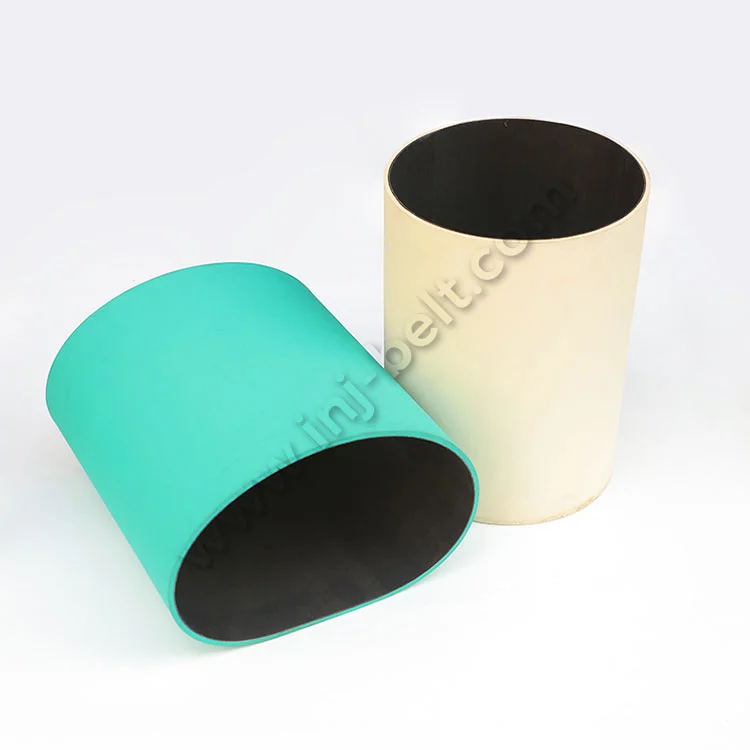Rubber Synchronous Belt Comprehensive Maintenance Guide: Practical Tips from Inspection to Cleaning
2025-07-18
As a core component of the transmission system, the daily maintenance of rubber timing belts directly impacts equipment lifespan and operational efficiency. Below are more detailed inspection and cleaning methods:
We must first emphasize the importance of thorough inspections. Surface-level checks alone are insufficient and waste time and resources. However, surface condition inspections are also essential. Weekly inspections should involve shining a strong flashlight on the belt teeth to check for micro-cracks or tooth root fractures (common in high-load equipment). The appearance of “frayed edges” on the belt edges often indicates impending misalignment, requiring immediate adjustment of pulley parallelism. Additionally, tension testing is required. Professional recommendations suggest using a tension meter for measurement (recommended range: 80–120% of design tension). A simpler method involves pressing the belt's midpoint with a thumb; the deflection should be 5–8% of the belt width.

After inspection, we need to perform a more thorough cleaning, which includes dry cleaning and wet cleaning. During dry cleaning, compressed air (pressure ≤ 0.3 MPa) should be used to blow away dust from the teeth, and a soft-bristle brush should be used to clean stubborn stains. In the process of cleaning, we should be careful about avoiding using metal brushes that may damage the rubber layer. On another hand, for wet cleaning, heavily oil-stained timing belts can be wiped with a neutral cleaner (pH 6-8) and non-woven cloth. Ensure the belt is thoroughly dried after cleaning.
What should we do in special situations? For example, in high-temperature environments, inspect the rubber for hardening monthly; a “mirror-like reflection” on the surface indicates accelerated aging. In humid environments, pay special attention to whether the belt core is absorbing water (abnormal weight increase is a clear indicator).
Finally, establish a maintenance log to record changes in belt width during each inspection (measured with a Vernier caliper); if the width decreases by more than 3%, replacement is required. For critical equipment, infrared thermal imaging cameras can be used for regular temperature monitoring. Abnormal temperature increases often indicate potential faults.
Through systematic maintenance, the lifespan of rubber timing belts can be extended by over 30%, while reducing the risk of unexpected equipment downtime. Remember: the maintenance cost of synchronous belts is always far more cost-effective than replacing the entire drive system.
As a professional manufacturer and supplier, we provide high-quality products. If you are interested in our products or have any questions, please feel free to contact us.